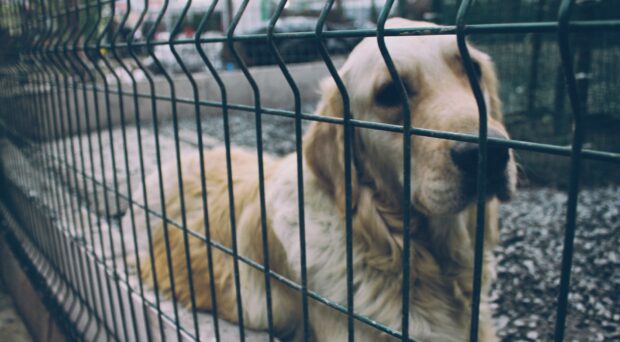
The blast and fire that resulted from the Chernobyl Nuclear disaster in April 1986 in Ukraine was the most disastrous the world has encountered. The radioactive fallout released from this event was around 400 times more than that released by the nuclear bomb that struck Hiroshima in Japan. Furthermore, in addition to the radiation, major amounts of highly toxic heavy metals and both inorganic and organic compounds such as pesticides were also released. Besides the immediate loss of life, it is thought that the final death attributed to this event will be many thousands as the long-term effects on health and mortality are realised. In total some 200,000 people were relocated as a consequence of the incident. Some 150,000 square kilometres are contaminated and an area of 30 miles around the reactor site is called the ‘Exclusion Zone’. One hundred and eighty seven small communities in the exclusion zone remain abandoned to this day. The long term impact on the immediate and wider environment is almost incalculable as all forms of plant and animal life struggle to survive such challenging and continuous exposures.
The cloud of radioactive fallout travelled far and wide and even some 2,000 miles away in Wales caused major consequences where in the region of 10,000 farms and 4 million sheep had Government restrictions put in place. For some in Wales this is still an issue. At the epicentre of this disaster in Ukraine 37 years later, increased levels of radioactivity are still present in some areas. The impact of radioactive fallout on plant life and wild life has been a source of scientific study and gene mutation rates and its impact of physical characteristics has been reported in the literature. Unfortunately, current hostilities in the area have likely impacted the progress of these vital studies.

A recent article published in Canine Medicine and Genetics reports on the multi-generational impact of radioactive fallout and other environmental hazards, such as lead, pesticides and volatile organic compounds on dogs that were left behind after the disaster. Given the average life span of a domestic dog, a considerable number of generations will have turned over and many litters will have been born since. The authors apply their sophisticated molecular tools and analyses to gain some insight as to whether two discrete populations of free-breeding dogs living around Chernobyl today and believed to have descended from the ‘original’ domestic pets exhibit genetic features compatible with an adaption for increased survival. These two populations are found in the Chernobyl Exclusion Zone (CEZ) – one at the site of the nuclear power plant and the other in Chernobyl city, 16 kilometres away.
The high levels of toxic exposure, including radiation in this area are potentially impacting biological life in two ways. First, it might be prematurely shortening life expectancy of some animals through increased rates of cancers and radiation associated conditions. Second, it might be increasing mutation rates in the germline of gametes passed on to subsequent generations during reproduction. Furthermore, any predatory animals at the top of the food chain will increase their exposure to toxic substances and radiation through the food they consume.
The two different populations of dogs in the study exhibit significant genetic diversity between each other. This is interesting in its own right and perhaps unexpected given the 16 km distance between them. The difference observed might be explained by the ‘founder’ population in the more rural area having greater representation of working or guard dog breeds, and the other ‘founder’ population in the urban area being composed of smaller ‘family friendly’ breeds.
An extremely interesting finding of this study is that some genes within the dog genome are showing clear evidence of directional selection, about which Charles Darwin would have been happy to read if he were alive today. In the study the authors found 391 outlier gene loci associated with genomic regions influenced by directional selection, from which they identified 52 candidate genes that from their biological function would be expected to be important in survival.
Directional selection occurs when individuals with traits on one side of their mean distribution in their population survive better than those on the other side when a new external pressure is applied. In other words, this is a mechanism for shifting the mean value of the distribution of the trait in a population towards its optimisation for survival in the new environment.
This is a fundamental concept in evolutionary biology and is one of the underlying principles that Charles Darwin considered to be driving adaptive evolution. Given the toxic and highly radioactive conditions within the CEZ it is highly plausible to attribute this to the last 37 years of exposure to a strongly hostile environment.
Studies as this one demonstrate the power of interdisciplinary collaboration between international scientists which cross international boundaries for the benefit of all. So many other important questions could be addressed by investigating the impact of human desertion of previously occupied land. In a world where environmental change in all its forms is increasing, this knowledge is important.
Bill Ollier
Latest posts by Bill Ollier (see all)
- Dogs of Chernobyl - 28th March 2023
Comments